I found it fascinating to tour buildings in Santa Barbara constructed during the Mexican occupation.
One such home is known as Casa de la Guerra, and is in the heart of Santa Barbara. It was built in 1828 in the Spanish Colonial style by Chumash servants.
This u-shaped home was owned by prominent trader Jose de la Guerra, and was once considered the center of civic life in Santa Barbara. Any visiting dignatories would be hosted here, and the central courtyard was put to good use for celebrations and weddings.
I noticed the u-shaped home was unusually large for a home of its era, and is certainly a lot bigger compared to the one or two room adobes near it. It accommodated de la Guerra, his wife and 13 children in a variety of rooms that included an office, store, living room and bedrooms.
I was curious to learn more about Jose de la Guerra, who is considered Santa Barbara's first citizen. He was born in Spain in 1779, and in 1915 rose to the prestigious rank of Comandante of the Presidio. De la Guerra held this position through the 1940s. After his death in 1958, he was so important his body was interred beneath the altar at the Santa Barbara Mission.
The De la Guerra family inhabited this adobe for three generations, until Jose de la Guerra's granddaugher passed away here in 1943. Casa de la Guerra was then donated to the University of California, becoming a museum in downtown Santa Barbara.
Check hours & admission.
5 best things to see at Casa de la Guerra
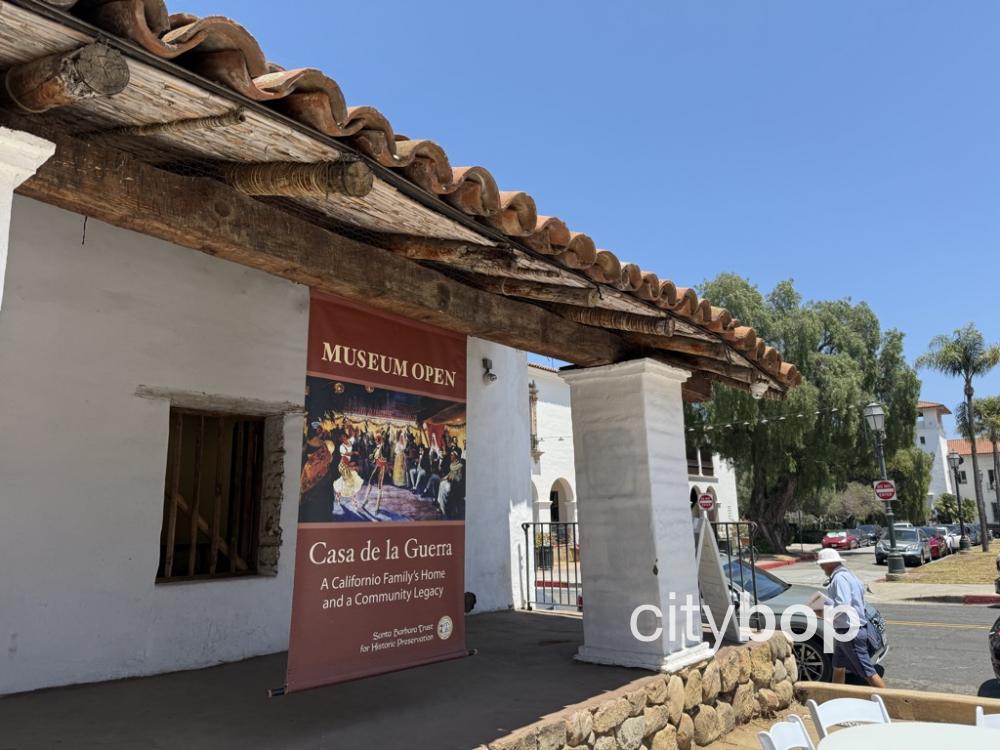
1. See the model of the original outbuildings and adobe from 1828.
When I first entered the main reception room, my eye was drawn to a huge model of the original Casa de la Guerra as it looked in 1828. It's amazing to think that this building is over 200 years old! I then paid my admission, and began exploring the rest of the adobe.
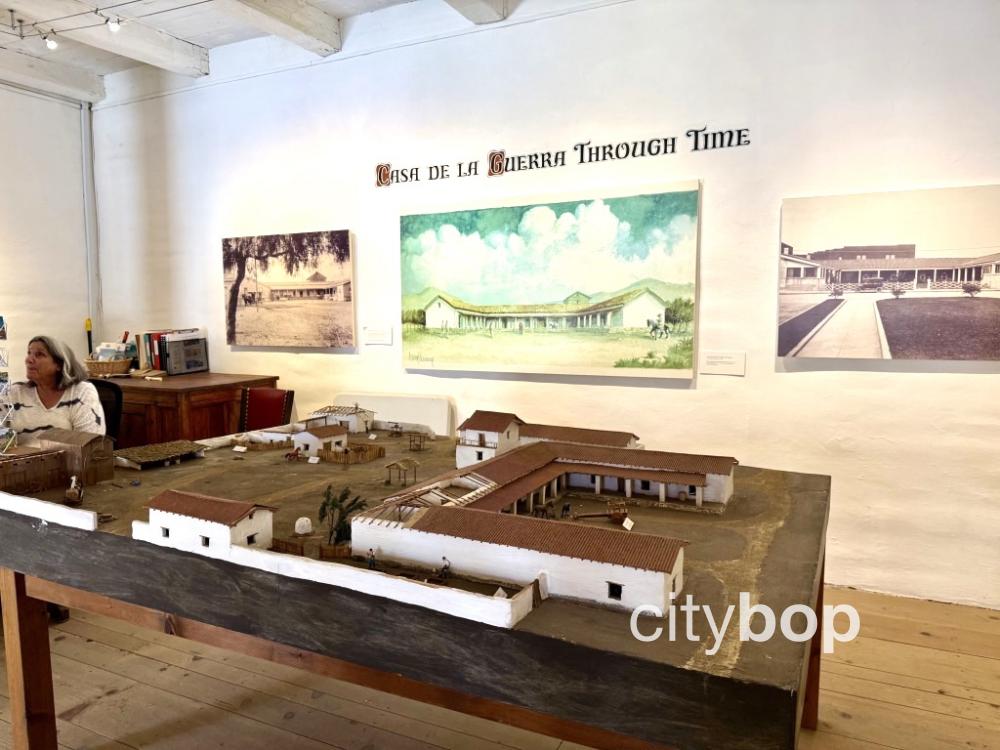
2. Explore the other rooms at Casa de la Guerra.
I enjoyed strolling through all the rooms in the u-shaped Casa de la Guerra. There were some sparse furnishings in the study, living room and bedroom. Some of the space was also used for rotating exhibitions.
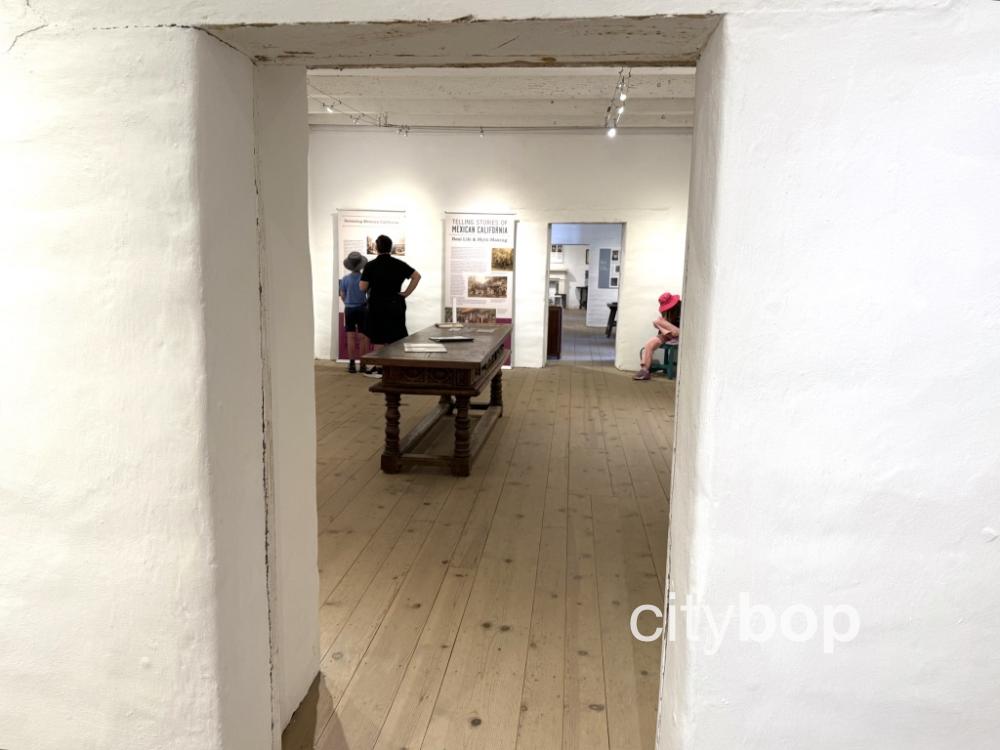
On the day I visited, there was an exhibition on the Mexican California era in Santa Barbara (1821 to 1848). Casa de la Guerra was built a few years into this era, in 1828. At this point, Mexico had gained independence from Spain, and therefore Alta California became part of Mexico.
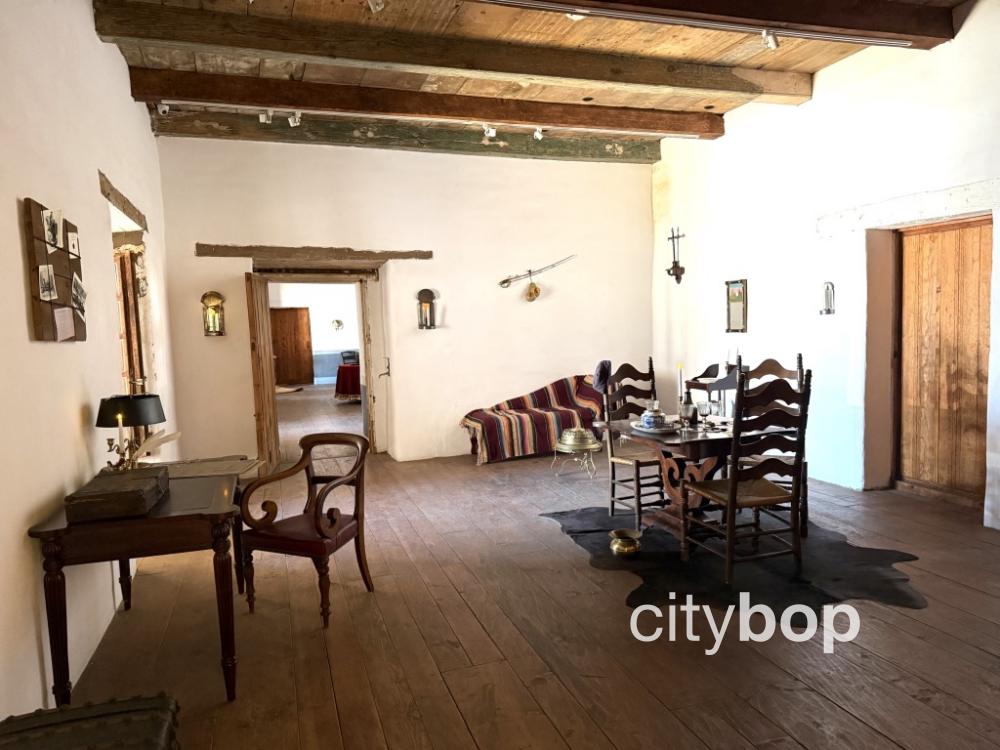
I was impressed by the thick adobe walls, up to two feet wide. This style of building construction keeps the rooms cool in summer and warm in winter, without the need for a fireplace. It felt a little odd not seeing a fireplace, until I realized that it wasn't needed. The white washed walls were covered in lime plaster, and had unusually deep, recessed windows. When I looked up I could see the solid wood used on the rafters, and the sturdy doors. It was all very simple but elegant.
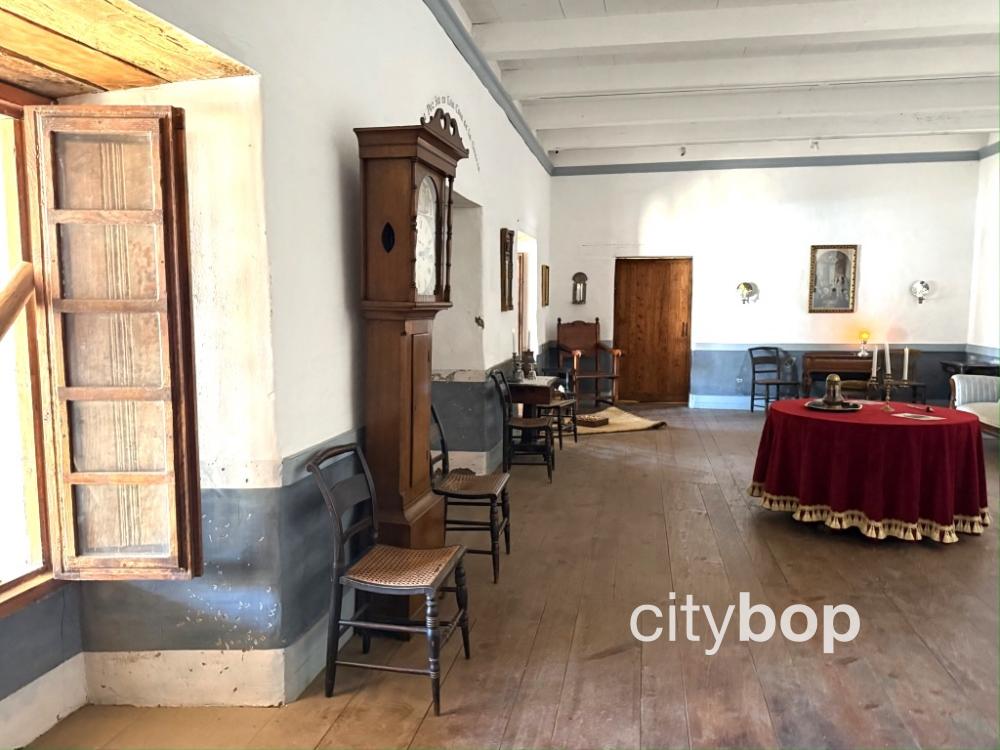
3. Find the painting of Maria Antonia de la Guerra.
I noticed some beautiful paintings, like the one on the left of Jose's daughter, Maria Antonia de la Guerra.
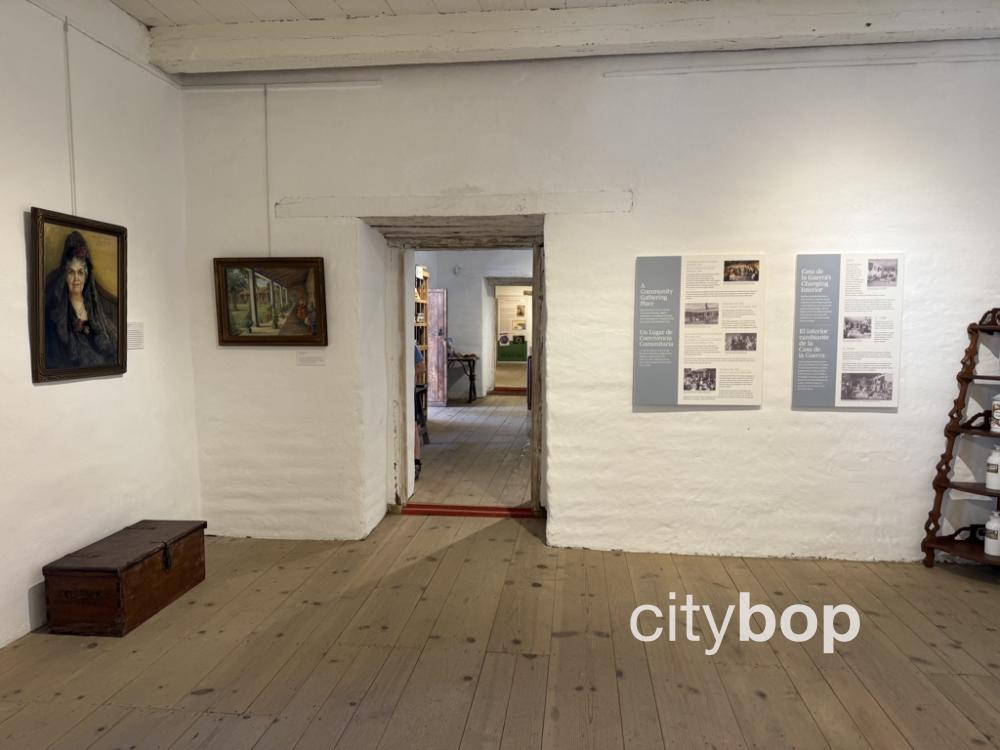
4. Walk through the store.
I didn't expect to see a store as part of the adobe! However, this store was actually part of the house and was used for trading by Jose de la Guerra. De la Guerra was a rich trader, who owned four ranches, loads of land, and sailing ships. This store was used to sell wares from the missions that he collaborated with.
I found the family history super interesting, because the next generation lost almost everything after Jose died in 1858. From what I can tell, this was because of expensive lawsuits between them, and then the devastating drought of the 1860s.
I noticed that the open space behind the Casa de la Guerra was now developed, and learned that in 1922 this land was sold to a developer as part of the El Paseo complex. Family members retained the right to live in Casa de la Guerra, and rented out the rooms as a boarding house. The last descendant (Jose's granddaughter Delfina) lived in the house right up until 1943.
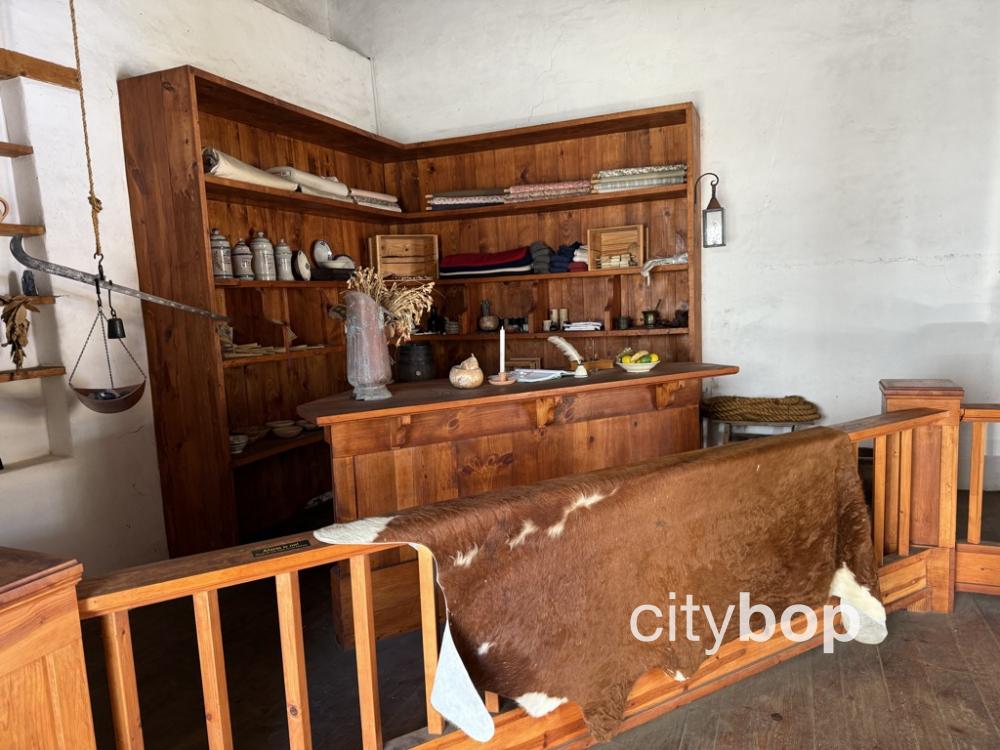
5. Participate in a community event in the courtyard.
During the 1800s, Jose de la Guerra held many festivals and weddings in the plaza, and all visiting dignitaries were hosted here. The adobe was the civic center of life in Santa Barbara. This tradition continues today, with community events still held in this space. I discovered you can even rent out this plaza for private events.
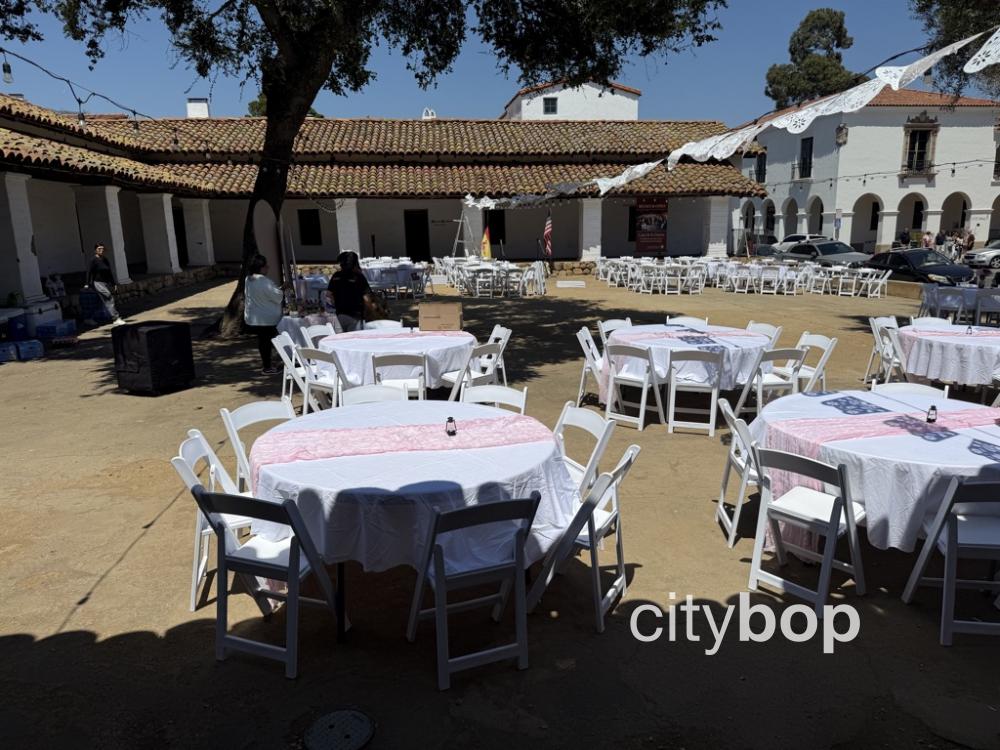
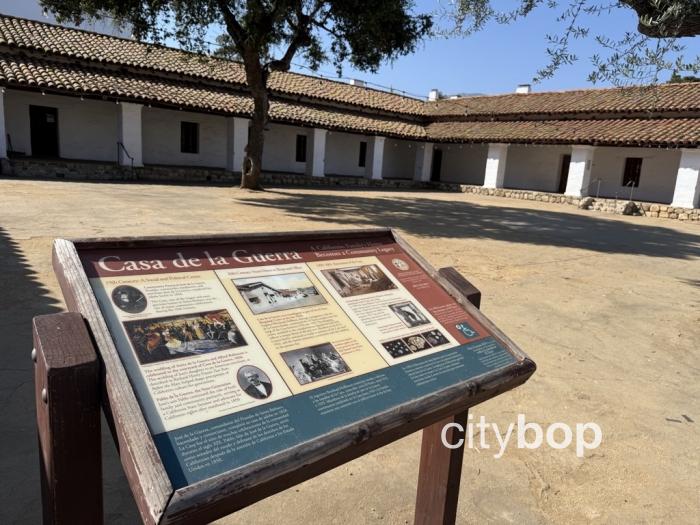

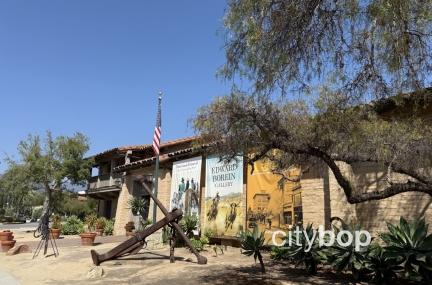


Review this attraction